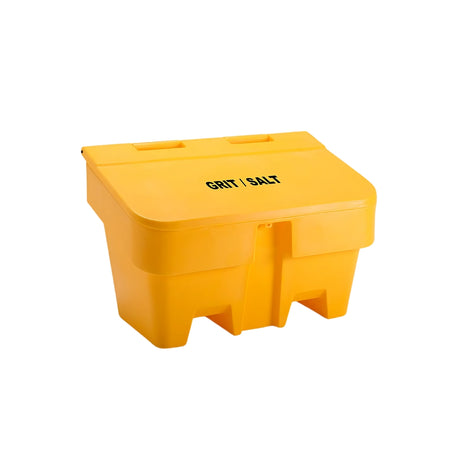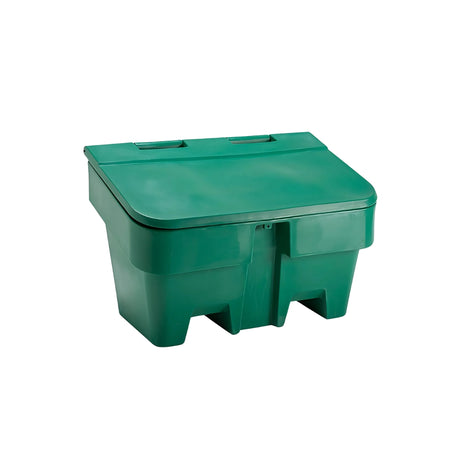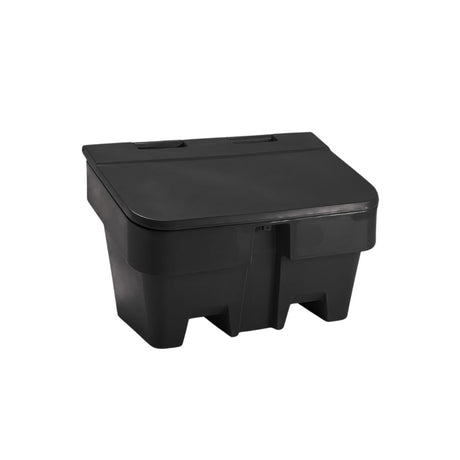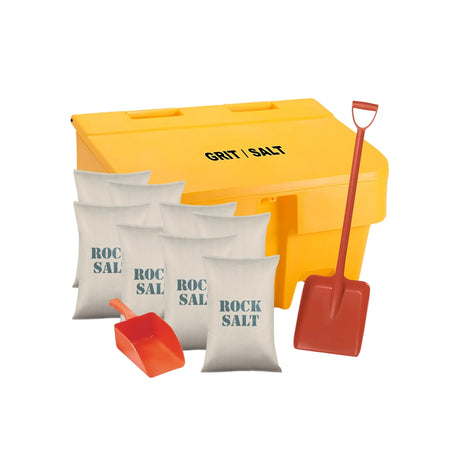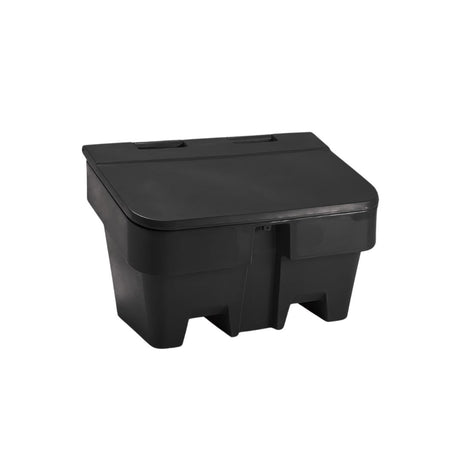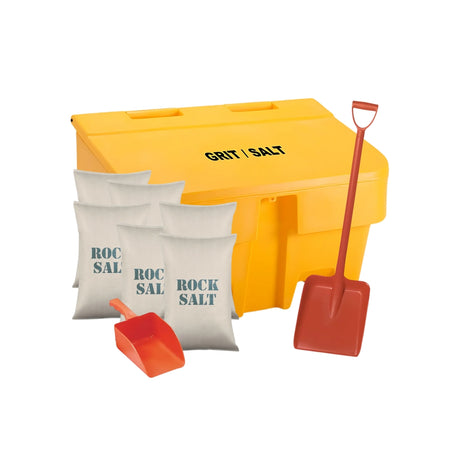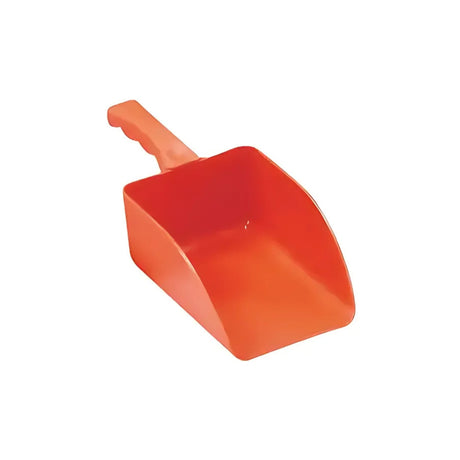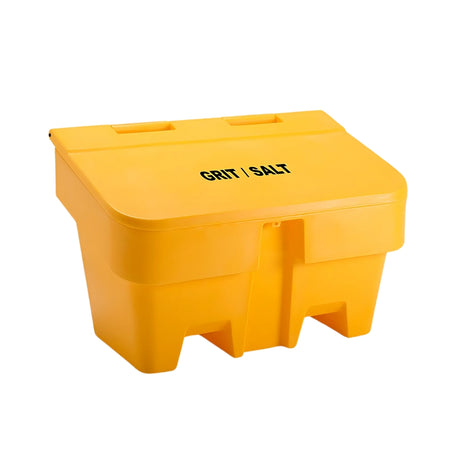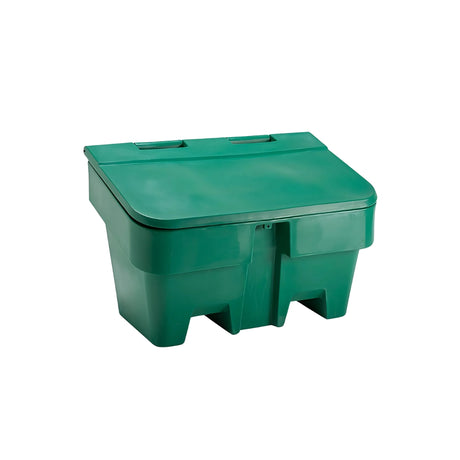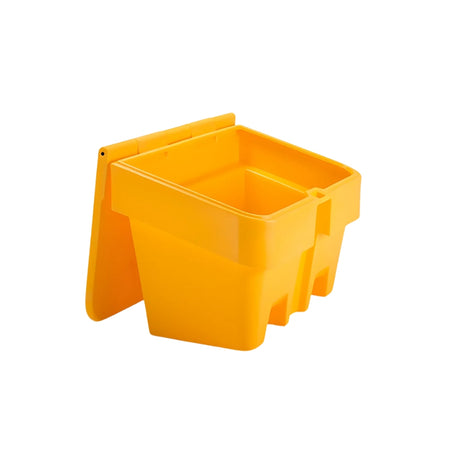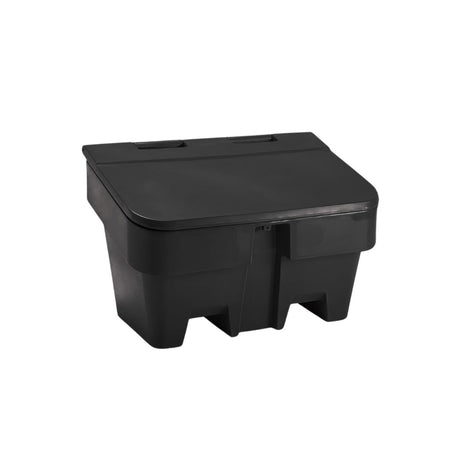Grit bins (often called a salt bin) are used to store rock salt so teams can treat icy ground quickly. They’re essential for preventing slips, keeping routes open, and supporting winter safety across workplaces, schools, and public spaces.
What Are Grit Bins Used For?
Grit bins store de-icing salt for fast access during cold weather. They support snow and ice control, reduce slip risks, and keep paths, steps, and car parks safe.
When Should Grit Bins Be Used?
- When temperatures drop to 0°C or below.
- Before overnight frost or early-morning ice.
- During snow, sleet, or freezing rain.
- On shaded routes that stay frozen longer.
Where Should Grit Bins Be Placed?
- Near entrances, walkways, steps, and ramps.
- Beside car parks and delivery areas.
- Along busy footpaths or high-traffic routes.
Many sites also place dedicated grit bins for schools near main pupil walkways.
Do Councils Provide Grit Bins?
Council grit bins are usually provided for public roads and steep routes. Private land — workplaces, car parks, schools — must provide their own bins and salt.
What Should You Store Inside a Grit Bin?
Grit bins are designed for reliable rock salt storage. Most sites use brown salt for roads and car parks, and white salt for cleaner paths. A small shovel or scoop should be kept nearby.
Do You Need a Lockable Grit Bin?
Lockable grit bins are useful for preventing tampering, protecting salt from contamination, and keeping lids secure in busy or public areas.
How Do Grit Bins Support Snow and Ice Control?
Well-placed grit bins make gritting quick and consistent. They complement other gritting equipment and provide reliable road salt storage throughout winter.
Ready to prepare your site for winter? Explore our full range of grit bins here:




